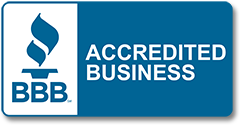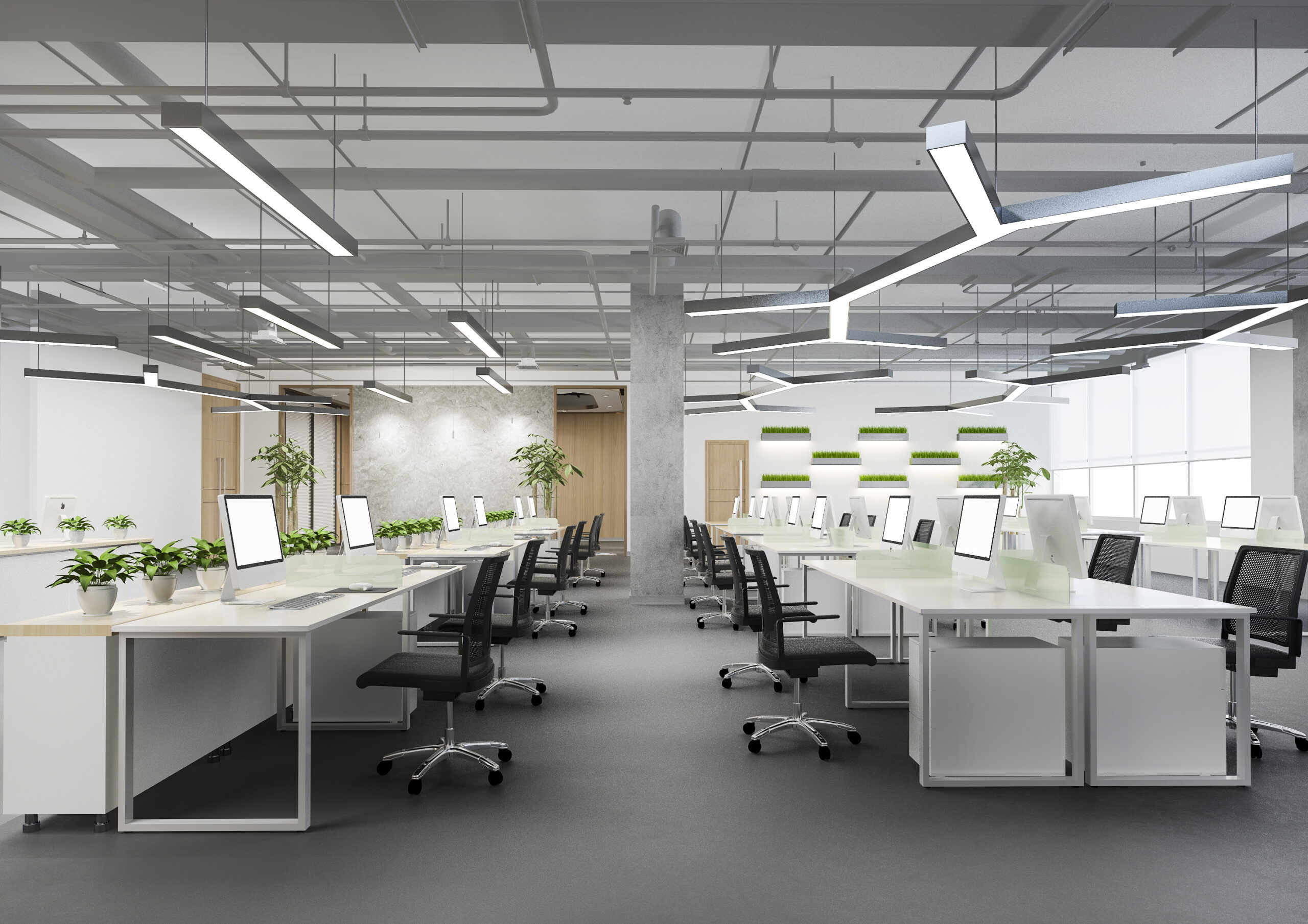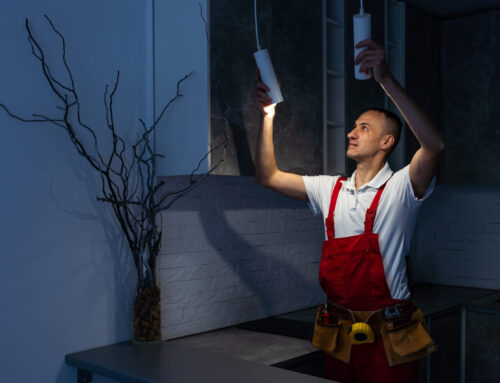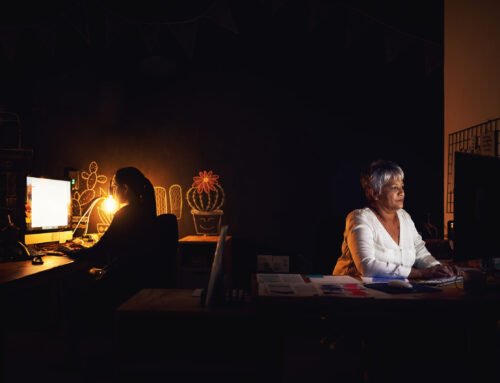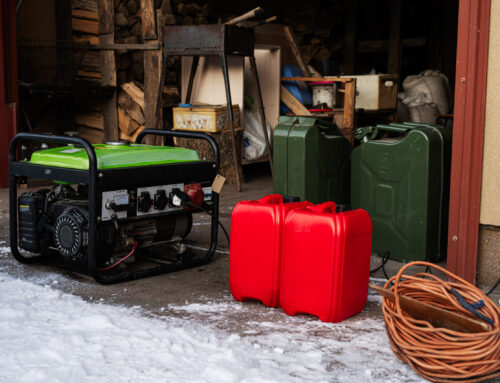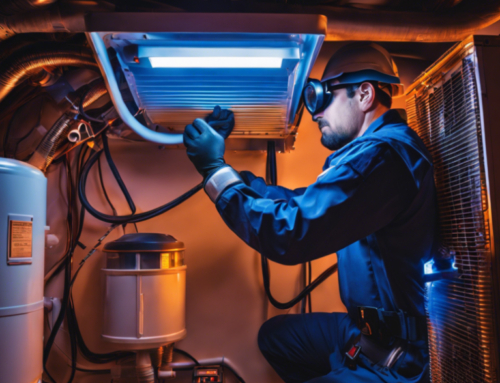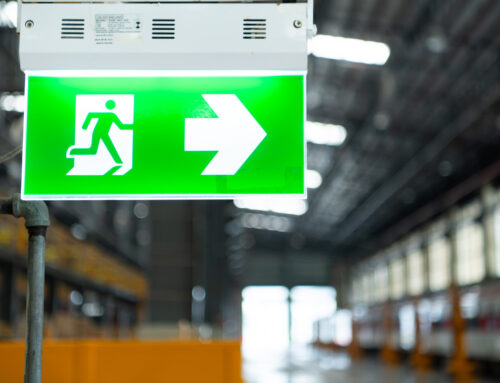Choosing the right lighting for a commercial space is crucial for both functionality and cost efficiency. Whether you’re a business owner upgrading an office, a restaurant improving ambiance, or a warehouse optimizing visibility, selecting the right type of lighting makes a significant impact. The debate between LED and traditional bulbs is a common one, but understanding the differences will help you make the best decision for your commercial lighting installation.
A local retail store owner in Boca Raton recently contacted us because their monthly energy bills had skyrocketed. After inspecting their store, we discovered they were still using outdated incandescent and fluorescent bulbs, which consumed excessive energy. We recommended switching to LED lighting, and within a few months, they noticed a drastic reduction in their electricity costs while enjoying brighter, more efficient lighting. This real-life example highlights how choosing the right lighting can significantly impact your business.
According to the U.S. Department of Energy, LED lights use at least 75% less energy and last 25 times longer than incandescent lighting. With such a substantial difference, business owners should carefully consider the advantages of LED lighting over traditional bulbs. In this guide, we’ll compare the two options and explore the key differences in commercial lighting installation in Boca Raton.
Why Is Commercial Lighting Installation Important?
Commercial lighting plays a vital role in business operations. Whether it’s for safety, aesthetics, or productivity, having the right lighting system ensures a well-lit and efficient workspace. Poor lighting can lead to eye strain, reduced productivity, and higher maintenance costs.
Upgrading or installing a new lighting system can also have an impact on customer experience. A well-lit retail store, office, or restaurant can enhance ambiance and attract more customers. Additionally, energy-efficient lighting solutions can save businesses thousands of dollars in the long run.
5 Key Differences in Commercial Lighting Installation in Boca Raton
When deciding between LED and traditional bulbs for commercial lighting installation, there are five major factors to consider. Understanding these differences will help you make an informed decision that suits your business needs.
Energy Efficiency
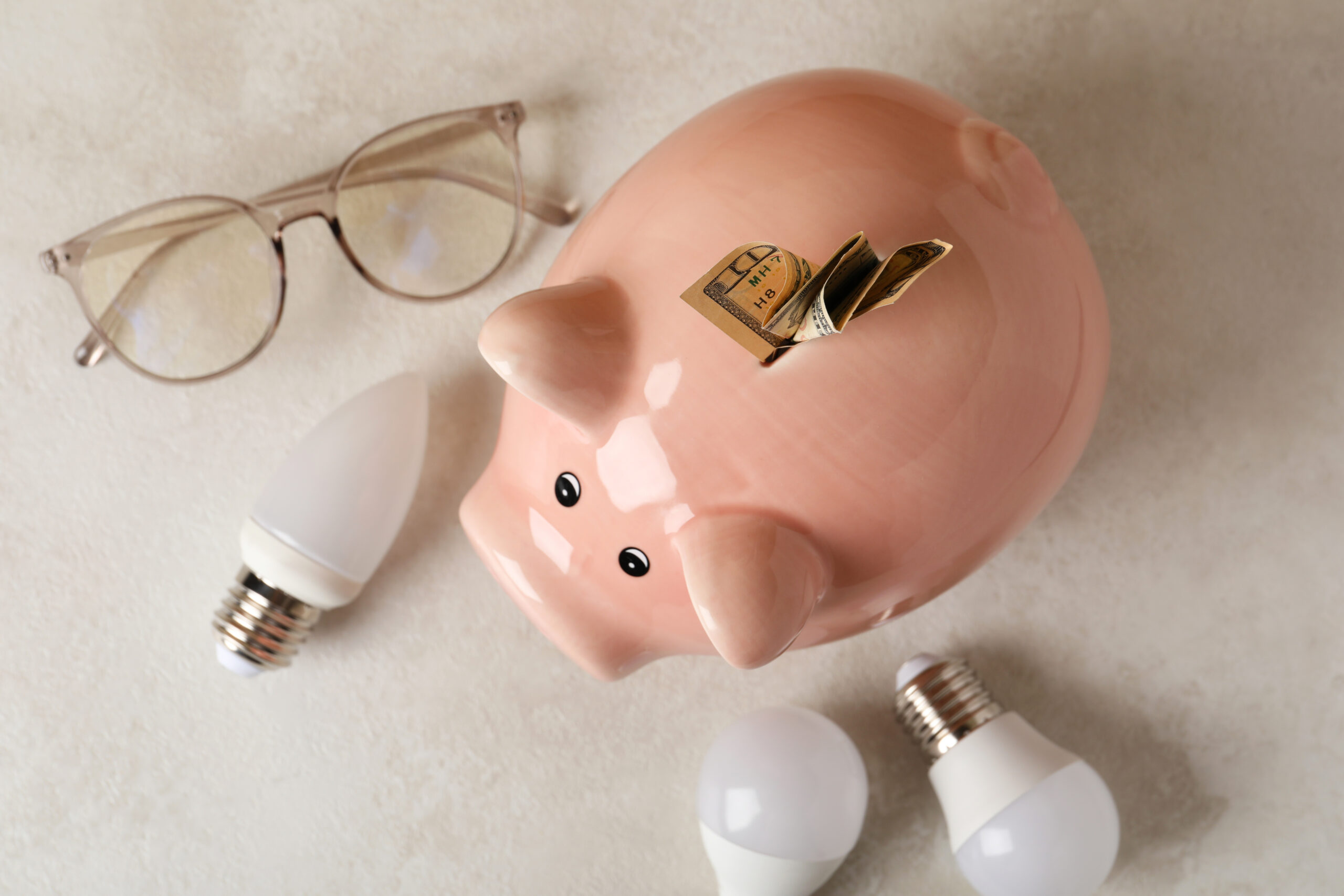
Energy efficiency is one of the most crucial factors in commercial lighting. Businesses run lighting systems for long hours, making energy consumption a significant expense. LED and traditional lighting options differ significantly in their energy usage.
- LEDs consume up to 75% less energy than traditional bulbs, leading to lower electricity bills.
- Incandescent and halogen bulbs waste energy by producing excess heat, making them less efficient.
- Fluorescent bulbs are more energy-efficient than incandescent but still consume more power than LEDs.
By switching to LED lighting, businesses can significantly reduce energy costs, lower their carbon footprint, and achieve better sustainability goals. For companies operating large commercial spaces like warehouses, shopping centers, and office buildings, the savings from LED installation can be substantial over time.
Lifespan and Durability
The longevity of commercial lighting is a major factor, as frequent replacements can lead to increased maintenance costs and operational disruptions.
- LED bulbs last up to 50,000 hours or more, significantly reducing the need for replacements.
- Incandescent bulbs typically last only about 1,000 hours, requiring frequent replacements.
- Fluorescent lights last longer than incandescent, but they still burn out faster than LEDs.
Since commercial lighting is often installed in hard-to-reach places, such as high ceilings, reducing the need for constant bulb replacements can save businesses both time and labor costs. This makes LEDs a preferred option for commercial installations requiring durability and reliability.
Light Quality and Brightness
A well-lit environment is essential for productivity, safety, and customer satisfaction. The quality of light provided by LEDs and traditional bulbs varies significantly, affecting how spaces are illuminated.
- LEDs offer a higher Color Rendering Index (CRI), which enhances color accuracy and visibility.
- Traditional bulbs may produce uneven lighting, causing dim spots and shadows.
- LEDs provide directional lighting, reducing wasted light and ensuring even brightness.
For offices, retail stores, and warehouses, choosing LED lighting ensures a well-lit environment that enhances productivity and customer experience. Employees experience less eye strain, while customers enjoy a more inviting shopping experience.
Heat Emission and Safety

Overheating is a major concern with commercial lighting, as excess heat can contribute to fire hazards and increased cooling costs. Traditional bulbs generate much more heat compared to LED lighting, making them less safe for extended operation.
- LEDs produce minimal heat, making them safer for long-term use.
- Incandescent and halogen bulbs emit a significant amount of heat, increasing cooling costs in commercial buildings.
- Fluorescent bulbs produce less heat than incandescents, but they still contribute to indoor temperature increases.
For businesses with climate control concerns, switching to LEDs can help maintain comfortable indoor temperatures while reducing HVAC costs. This is especially important for restaurants, medical facilities, and offices where temperature regulation is key to customer comfort and equipment longevity.
Environmental Impact
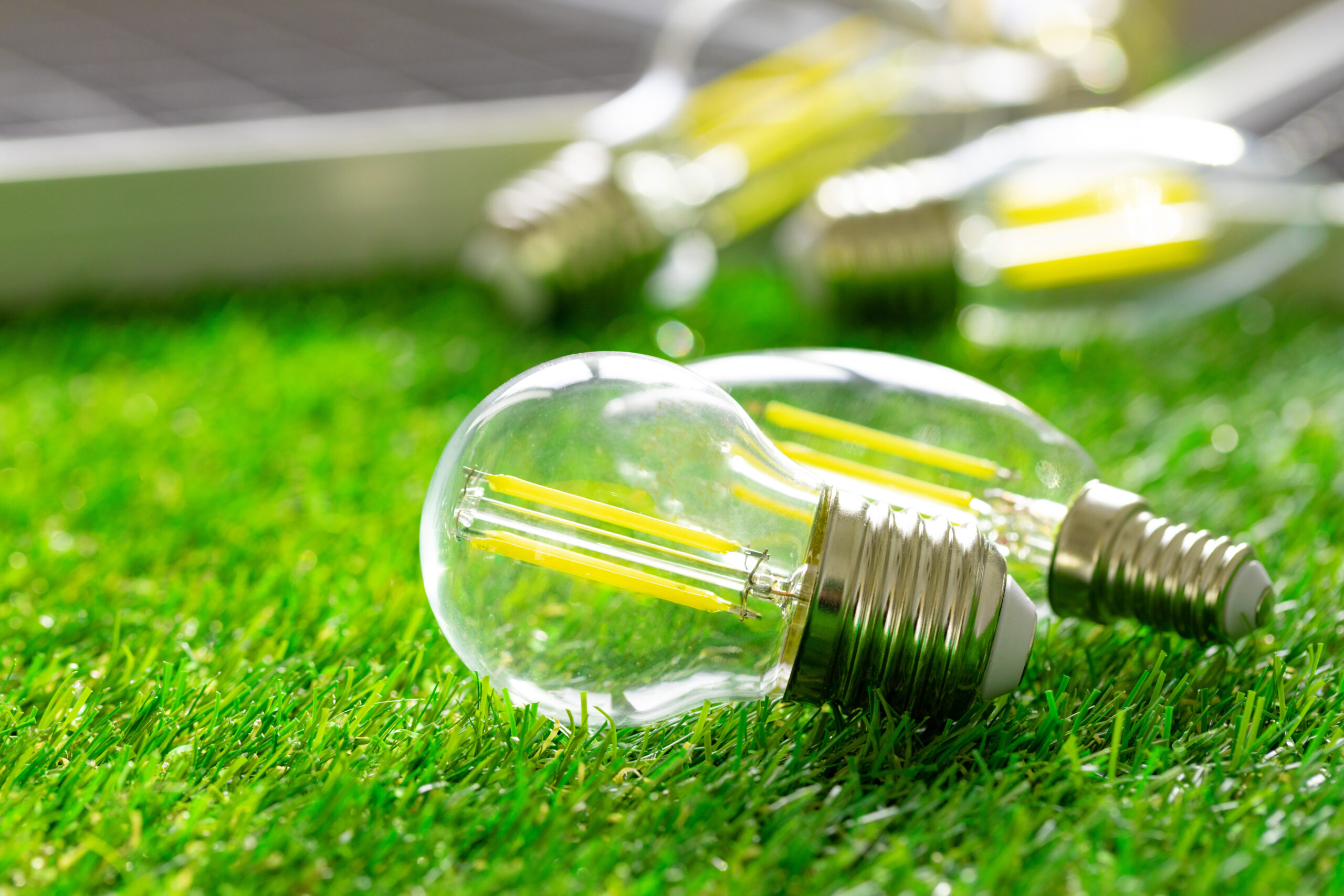
With increasing emphasis on sustainability, many businesses are moving toward eco-friendly lighting solutions. Choosing the right lighting system can make a significant difference in reducing environmental impact.
- LEDs are environmentally friendly, as they do not contain mercury and produce lower carbon emissions.
- Fluorescent bulbs contain small amounts of mercury, requiring careful disposal.
- Incandescent bulbs have the highest energy waste, making them the least sustainable option.
Switching to LED lighting not only benefits businesses by reducing energy costs but also aligns with corporate sustainability initiatives. Many commercial clients are now opting for LED systems to comply with green building certifications and environmental regulations.
Frequently Asked Questions
- Can I mix LED and traditional bulbs in my commercial lighting setup?
Yes, but it is not recommended for optimal efficiency. Mixing LED and traditional bulbs can lead to inconsistent lighting, varying color temperatures, and reduced energy savings.
- Do LED lights work well in outdoor commercial spaces?
Yes, LED lights are ideal for outdoor commercial use. They are weather-resistant, provide bright illumination, and have a longer lifespan, making them perfect for parking lots, signage, and exterior security lighting.
- Are there smart LED options for commercial buildings?
Yes, many LED systems come with smart features that allow remote control, automation, and integration with building management systems. These features can help businesses optimize energy use and lighting schedules.
- How much can I expect to save by switching to LED lighting?
Savings vary depending on usage, but businesses can typically reduce lighting-related energy costs by 50-75% after switching to LED lighting, with a return on investment often seen within a few years.
How Can Boca Electrical Works Help You?
At Boca Electrical Works, we specialize in professional commercial lighting installation in Boca Raton. Whether you’re upgrading to LED lighting or installing a new system for your business, our experienced electricians can help you choose the best lighting solution for your needs.
Visit us at: 158 NW 16th St #2, Boca Raton, FL 33432
Call us today: (561) 235-2513
We provide expert lighting consultations, installation services, and energy-efficient solutions tailored to your commercial space. Let us help you create a brighter, more energy-efficient business environment. Contact us today for a free consultation and discover how LED lighting can benefit your business!

